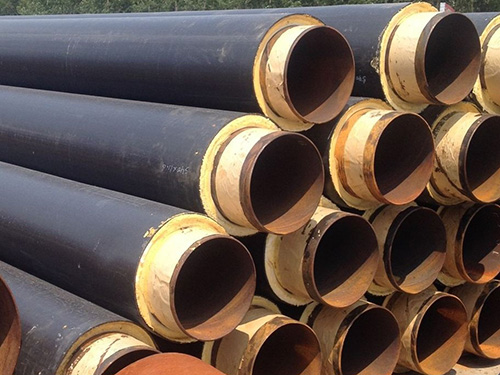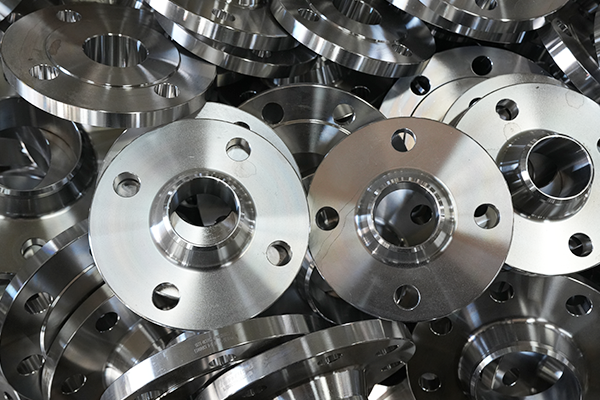ProductsDetails

Polyurethane foam insulation pipe
Polyurethane foam (PUR) insulation pipes are advanced prefabricated piping systems designed for energy-efficient thermal insulation in both heating and cooling applications. These pipes are widely used in district heating networks, industrial pipelines, oil and gas transportation, and HVAC systems, offering superior heat retention, durability, and corrosion resistance.
Structure & Components
Inner Pipe (Working Pipe)
Material: Carbon steel, stainless steel, HDPE, or PEX (flexible plastic).
Function: Transports hot water, steam, chilled water, oil, or chemicals.
Polyurethane Foam Insulation Layer
Material: Rigid closed-cell polyurethane foam (density: 60–80 kg/m³).
Thermal Conductivity: Extremely low (0.022–0.033 W/m·K), ensuring minimal heat loss.
Thickness: Customizable (30–100 mm) based on temperature requirements.
Outer Protective Casing
HDPE (High-Density Polyethylene): Lightweight, waterproof, and corrosion-resistant.
Galvanized Steel/3PE-Coated Steel: For high mechanical strength in harsh environments.
FRP (Fiberglass Reinforced Plastic): Chemical and UV resistance for above-ground use.
Options:
Function: Shields the insulation from moisture, soil pressure, and physical damage.
Optional Features
Leak Detection System: Embedded sensors or alarm wires to monitor insulation integrity.
Vapor Barrier: Aluminum foil layer to prevent moisture ingress.
Key Features & Benefits
Exceptional Thermal Efficiency: Reduces heat loss by 90–90% compared to uninsulated pipes.
Waterproof & Moisture-Resistant: Closed-cell foam structure prevents water absorption.
Corrosion Protection: Outer casing (HDPE or coated steel) resists soil chemicals and rust.
Long Service Life: Designed for 30–50 years with minimal maintenance.
Lightweight & Easy Installation: Prefabricated sections reduce on-site labor and time.
Versatile Applications: Suitable for temperatures ranging from -50°C to +150°C.
Applications
District Heating/Cooling Systems: Efficient transport of hot water or chilled water.
Oil & Gas Pipelines: Insulated transport of crude oil, LNG, or refined products.
Industrial Process Piping: Steam lines, chemical transport, and thermal energy recovery.
Urban Water Supply: Prevents freezing in cold climates.
Geothermal Energy Systems: Ground-source heat pump networks.
Advantages Over Traditional Insulation
Unlike traditional materials like mineral wool or glass wool, polyurethane foam offers:
Lower thermal conductivity for better energy savings.
Seamless, prefabricated design eliminating on-site insulation gaps.
Superior waterproofing to avoid insulation degradation over time.
Faster installation with reduced labor costs.
Installation Methods
Direct Burial: Laid in trenches with sand or soft soil padding for mechanical protection.
Above-Ground Mounting: Supported by brackets or frames with UV-resistant casing.
Horizontal Directional Drilling (HDD): For crossing obstacles like rivers or roads.
Jointing Techniques:
Heat-shrink sleeves (for HDPE casing).
Field-applied foam injection to seal insulation gaps at joints.
 Recommended News
Recommended News
-
Seamless Steel Tube Testing for High-Pressure Systems
2025-10-29 03:27:42
-
The Evolution of CNC Machining in Flange Manufacturing
2025-10-22 02:29:42
-
How to Evaluate an Insulated Pipeline Supplier for Urban District Heating Projects
2025-10-20 10:54:54
-
TPEP Pipe Coating Technology: A Key Innovation for Long-Distance Oil Pipeline Protection
2025-10-19 05:53:03
-
Global Standards for Flange Manufacturers: Guaranteeing Reliability and Cross-System Compatibility
2025-10-19 05:53:03
 Contact us
Contact us
—— Contact:Manager
—— Tel:+86 15231788966
—— Email:info@zhantongpipe.com
—— Url:https://www.zhantongpipe.com
—— Address:Mengcun Hui Autonomous County, Cangzhou City, Hebei Province









